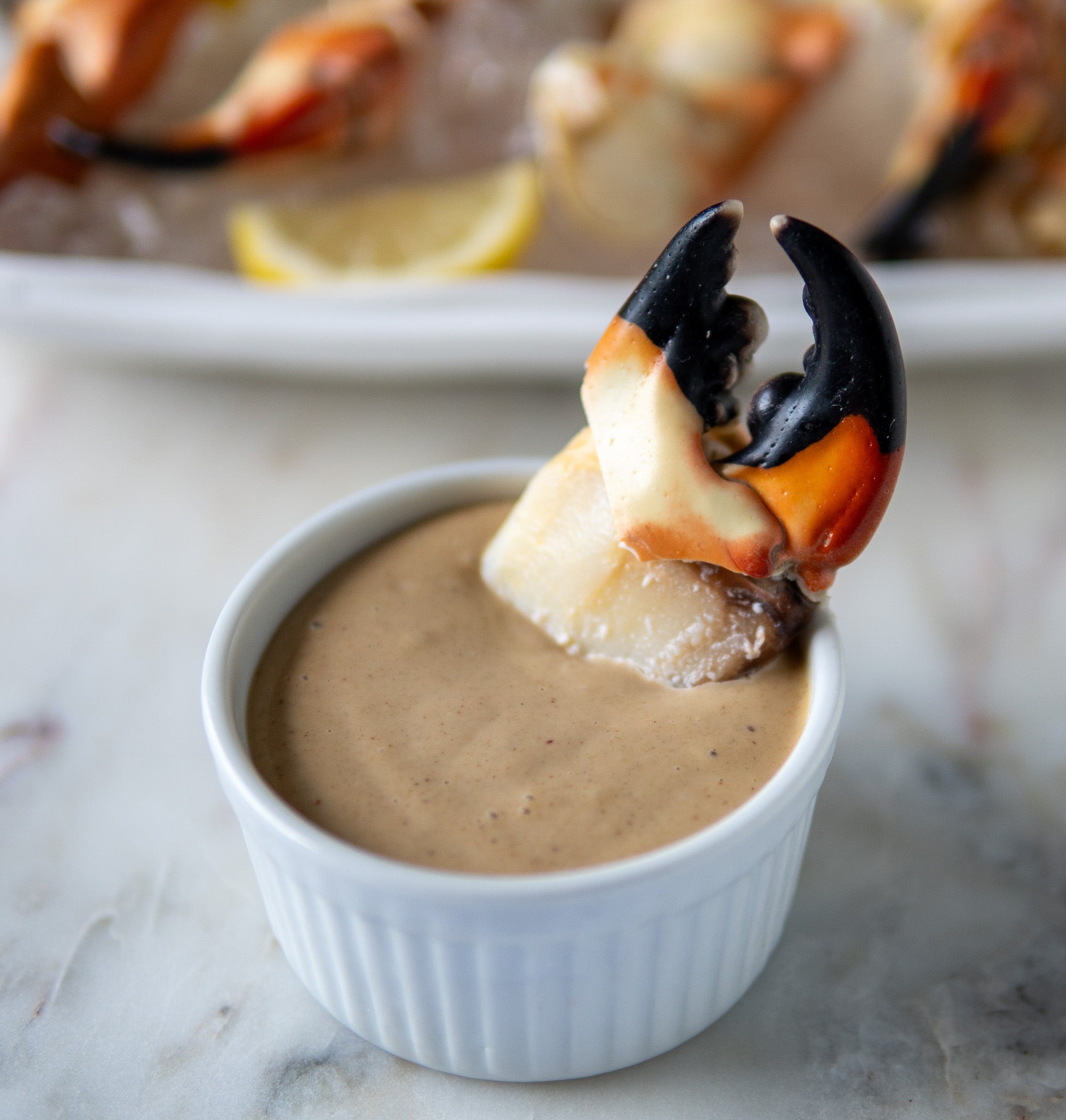The Science Behind Stone Crab Regeneration: How Their Claws Grow Back
Stone crabs (Menippe mercenaria) are one of the most fascinating crustaceans found along the southeastern coast of the United States, particularly in Florida. What sets them apart from other crabs is their remarkable ability to regenerate their claws, a unique adaptation that not only aids their survival but also plays a crucial role in their sustainable harvesting. This article explores the science behind stone crab regeneration, why it happens, how the process works, and what it means for the future of stone crab fishing.
Why Do Stone Crabs Regenerate Their Claws?
Regeneration is a survival mechanism found in many marine species, and for stone crabs, it is an evolutionary advantage. Their claws serve as both a defense mechanism against predators and a tool for feeding. Because they often face threats from larger fish, octopuses, and even humans, the ability to lose a claw and grow it back helps them escape and survive.
Stone crabs can autotomize, or voluntarily shed, their claws when under attack. This ability is critical because it allows them to flee and prevents a predator from grabbing onto their body. Additionally, fishermen legally harvest stone crab claws by detaching them carefully, allowing the crabs to regenerate their limbs and continue living in the wild.
The Process of Regeneration
The regeneration of a stone crab’s claw follows a structured biological process and occurs over several molting cycles:
1. Autotomy – The Shedding Process
Autotomy is the controlled detachment of the claw at a specialized breakpoint near the joint, which minimizes blood loss and protects the crab from excessive injury. The detached limb closes off at the breakage site, preventing infections and ensuring survival.
2. The Healing Phase
Once a claw is lost, the wound is quickly sealed off by a thin layer of new tissue that prevents infection and excessive fluid loss. During this stage, the crab’s body redirects energy and nutrients toward healing and initiating regrowth.
3. The Regeneration Bud Forms
After a few weeks, a small limb bud appears at the site where the original claw was lost. This bud, known as a blastema, contains stem-like cells that actively divide and begin forming a new limb. It remains small and protected under the exoskeleton until the crab molts.
4. Growth Through Molting
Molting is a crucial process in the life of a stone crab. During molting, the crab sheds its old exoskeleton to allow for growth. The newly regenerated claw emerges during this phase, appearing smaller and softer than the original.
Each time the stone crab molts, the claw increases in size, gradually returning to its original proportions. A fully regenerated claw typically takes three to four molting cycles to reach full size, which can take one to three years, depending on the crab’s age and environmental conditions.
Factors That Affect Regeneration
The speed and success of claw regeneration depend on several factors, including:
- Age and Size of the Crab – Younger crabs regenerate claws more quickly than older ones.
- Water Temperature – Warmer waters accelerate metabolism, leading to faster molting and regeneration.
- Diet and Nutrition – A diet rich in protein and calcium helps crabs build a strong exoskeleton and regrow limbs efficiently.
- Molting Frequency – Since regeneration occurs through molting, a crab that molts more often will regrow its claw faster.
- Harvesting Practices – If a crab loses both claws, survival rates drop, as they rely on claws for feeding and defense. Sustainable fishing regulations allow only one claw to be removed, giving the crab a better chance of survival.
Sustainability and Conservation
Florida’s stone crab industry is one of the most sustainable fisheries in the world because of the species’ regenerative abilities. To ensure long-term sustainability, strict regulations are enforced, including:
- Only one claw can be harvested per crab to allow them to feed and defend themselves.
- Minimum claw size restrictions ensure that crabs have a chance to reach maturity and contribute to the population.
- Seasonal closures from May through October allow the population to replenish.
These conservation measures have helped maintain stone crab populations and ensure that harvesting remains viable for future generations.
The Future of Stone Crab Regeneration Research
Scientists continue to study stone crab regeneration to better understand how they can be protected and how the process can be optimized. Some areas of research include:
- Genetic studies to determine what triggers faster claw regrowth.
- Environmental impact research to see how climate change affects molting cycles and regeneration.
- Sustainable harvesting techniques to further reduce stress on the crab population.
Final Thoughts
Stone crabs are one of the most intriguing examples of nature’s resilience. Their ability to regenerate claws has not only helped them survive in the wild but has also made them a key part of sustainable seafood practices. By understanding the science behind their regeneration, we can appreciate these creatures even more and ensure they continue to thrive in the oceans for generations to come.



